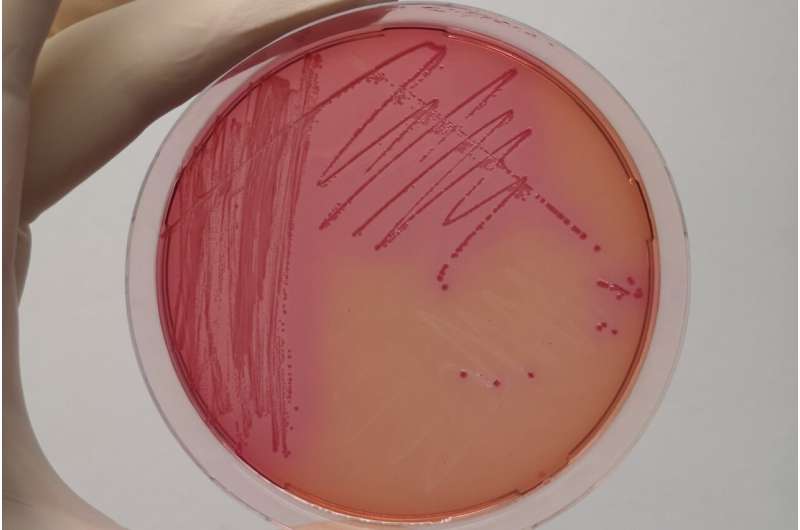allied physicians ipa alhambra ca

In a new study, Bärbel Stecher and her team from LMU have shown that, depending on the composition of the microbiome, E. coli bacteria can prevent infections by Salmonella strains.
Every individual harbors a specific microbiome, which is unlike that of any other. Each is made up of diverse bacterial, fungal and viral species, which are found on all body surfaces—the skin, allied heating and cooling sales corp mucous membranes and particularly in the gastrointestinal tract. Moreover, the microbiome have an enormous influence on the immune system, the endocrine system and the metabolism of their hosts.
Bärbel Stecher is Professor of Medical Microbiology and Hygiene in the Max von Pettenkofer-Institute at LMU Munich and a member of the German Center for Infection Research (DZIF). Her research focuses on the role of the gut microbiome in the control of infections. In her latest study—whose first author is doctoral student Claudia Eberl—her team set out to define what a healthy microbiome needs to effectively defeat an invasive pathogen. In this case, they asked whether the bacterial species Escherichia coli (E. coli) can provide protection against infection with human pathogenic Salmonella species. Many people are acquainted with the negative side of E. coli, as specific strains of the bacterium can cause diseases such as diarrhea, sepsis and even cancer. But there are lots of benign strains of E. coli. Most of these colonize individuals during or soon after birth, and contribute to the establishment of a balanced host-microbial interaction. Stecher and her research group have now investigated how these strains protect their hosts against infection by Salmonella.
The importance of cooperation
It turns out that the critical factor is interspecies competition for resources. “We discovered that, in particular, competition for a variety of sugars in the gastrointestinal tract can account for the failure of Salmonella to colonize the gut,” Stecher explains. In order to cause an infection, pathogenic bacteria must find an appropriate niche within the gut, which provides them with the carbon sources—such as certain sugars—that they need to replicate. However, competition for carbon sources in the gut is fierce. “If commensal E. coli consume all the sugar substrates, leaving nothing behind for Salmonella, the risk of infection is strongly decreased,” says Stecher.
However, in order to effectively exclude Salmonella, E. coli usually needs help. The new study also shows that E. coli is not always in a position to prevent infections caused by Salmonella. “If the complexity of the microbiome is too low, its members cannot consume all of the sugar substrates that Salmonella strains depend on, and this opens up opportunities for the pathogen to become established.” Stecher and her colleagues therefore concluded that E. coli needs allies. – And they went on to identify these as species of the Lachnospiraceae. This group of anaerobic bacteria is also often found in the human gut, and its members can also metabolize various sugars.
The research strategy
“Using synthetic bacterial consortia, we were able to construct a model microbiome,” Stecher explains. This microbiome was made up of 12 bacterial species, all of which are found in the healthy murine gut. This combination of species was then introduced into germ-free mice, which were subsequently infected with Salmonella. They discovered that, in the absence of Lachnospiraceae, E. coli was unable to prevent Salmonella infection. “This strengthens our conclusion that a combination of competition for carbon sources and complex interactions between bacterial species can protect the host against bacterial infections,” says Stecher.
Source: Read Full Article
